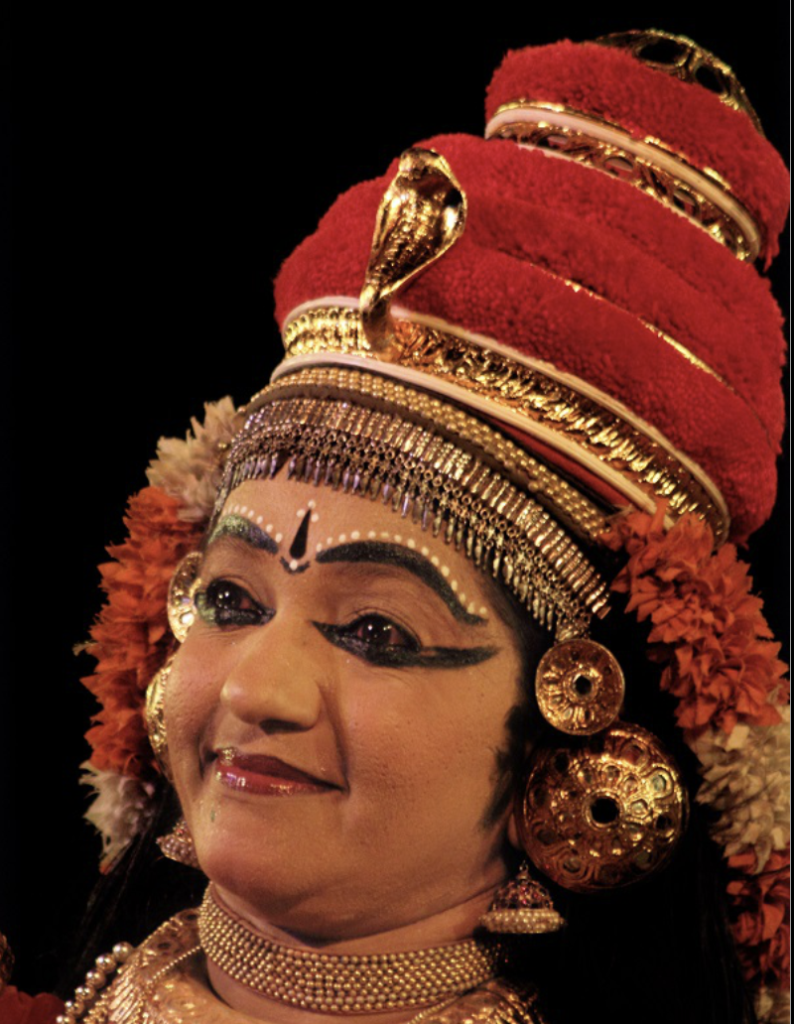PERPETUATING THE IMPERMANENCE

Dance, like any other performing art, is transient. For such to be saved for the future, archiving is a way. In dance, archives encompass a wide range. It could be libretti adapted by past artists, musical scores, costumes, stage props, performer lists, personal belongings, dance dolls, stamps, photographs, handbills or rehearsal footage and so on and so forth. It could even be ancient sculptures, inscriptional shreds of evidence, manuscripts, texts, dance motifs, symbolic figures and the like. There is no limitation to what could be archived as long as there is a graspable form and space available for it. However, complexity creeps in from deciding what is to be safeguarded and how best that could be achieved.
These musings on archiving dance got prompted during the Talking Performance Conference focusing on “Archiving Practices of Performances”. It was facilitated by Attakkalari in partnership with Goethe-Institut/Max Mueller Bhavan Bangalore, as part of Attakkalari Biennial 2022 on February 19, 2022, and was also streamed online. The discussion was divided into two segments covering one international and one national project. The former with archivist Venkat Srinivasan, was an insight by Ismael Dia and Julian Klotz into the Pina Bausch Digital Archive[1]. The second was the work of artist Usha Nangiar in documenting Nangiar Koothu and Kudiyattam- traditional theatre forms of Kerala. Prof. Sundar Sarukkai, Prof. Urmimala Sarkar Munsi and Jaychandran Pallazhy of Attakalari were moderators for the event.
As such, the process is multifaceted. The discussion also included the various formats of archiving and digital media usage. Digital methods, in particular, add another dimension to how the information unfolds and how a viewer perceives it. It adds a new scope for how the existing data can be deployed for maximum benefit. With the modern applications and virtual reality possibilities, viewers can experience archives in transformative ways. Imagine the viewer participating in the choreographic process of a dancer from another bygone era![2]
As contemplated during and after watching the conversation, what follows here is a reflection, a collection of thoughts and questions triggered. Also, some of the words used by the speakers and participants were borrowed for the narrative flow.
Nostalgia…streams of memories…
shattered fragments in the mists of time
hovering over like blurry vapours
or detailed visuals or the flickering greys…
thrusting into the future…passing over the present…
like deepened shadows! embracing today for tomorrow…
“Starting with the processing of the material and sorting out what’s there in the office. There was a huge amount of material.”
“Our work is to try to take this information and give every document an ID, try to take the information and be able to relate the material between them” -Ismael Dia.
when did ‘that’ happen, and how did the scenes unfold…
who was involved, and what was their input…
and why are we looking at it now?
the many whats…whys…whos…hows…wheres…whens…
deciphering the invisible…recording a journey…
tales knitted around an individual or a collective…
“The primary job of an archivist is erasure, not preservation.”
“The way to keep things alive is a process. Transfer of knowledge is independent of an archive. An archive can be a tool, a by-stander, a helper or a nudger.” -Venkat Srinivasan.
familiarizing the data… unearthing specifics…
swimming through the intimidating tasks of…
envisaging…searching…selecting…screening…
editing…processing…presenting…
thinking and strategizing at every stage!
touching upon the spaces of opportunities…
the metamorphosis from intangible to tangible!
and the quest for…authentication…
breaking an enigma…demystifying or glorifying…
adding to the puzzle of the bygone era…
beyond and across a spectrum…
“What is the purpose of an archive?” -Venkat Srinivasan.
“Performing arts are not objects. They are material, and they come into existence when certain people meet at a certain place at a certain time.” – Julian Klotz.
who all are willing to share?
the form or intent?
projecting or hiding…
some facts…some fallacies…some liabilities…
some unsettling realities…
simplifying …complicating…supporting…
people…objects…processes…ideas…emotions…
of triumphs or the silent chapters…
vanished opportunities…rejection letters…
released flashbacks… challenging learnings…
lost but not fallen between the cracks…
from the mind’s eye to the communal realm…
“What does it mean to read an archive? Who is the archive meant for? Who is interacting?” – Sundar Sarukkai.
“I want this video because the formation is good or the solo, in the end, is good” – Ismael Dia.
documentation… digitization…technological interventions…
benefitting posterity?
that spur of inspiration or imitation…
business strategies…cultural exchanges…
open forum for a discourse…
full-time display or brief shows…
“Many dancers especially of that particular period, who danced and choreographed at that time as Pina have had a great amount of resistance to archives.”
“Pina constantly documented, kept things, asked people to contribute, and encouraged people to create that repertoire of material. What was her views regarding what this material would do in the later time? “- Urmimala Sarkar Munsi.
in what context?
did the dancer desire?
the technical jargon or passionate efforts?
for who is this? who is validating?
the cyclical patterns…
anchoring the embodied…
the body as archive…
the numerous styles of dance…
the alternative perspectives…
to the dance…dancer…consumer…
emphasis…struggle…vision…
…what if there was no archiving?
[1] https://www.pinabausch.org/page/about-archives
[2] This means that using the simulated three-dimensional environment using the material from archives, the viewers can feel themselves a part of the process as if it is happening in their presence.




